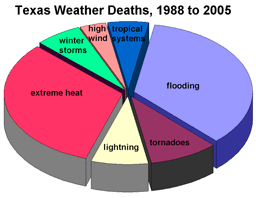
TRANSCODING LINEAR TO NON LINEAR TEXT
Quiz by Ardie Villegas Izon
Feel free to use or edit a copy
includes Teacher and Student dashboards
Measure skillsfrom any curriculum
Measure skills
from any curriculum
Tag the questions with any skills you have. Your dashboard will track each student's mastery of each skill.
With a free account, teachers can
- edit the questions
- save a copy for later
- start a class game
- automatically assign follow-up activities based on students’ scores
- assign as homework
- share a link with colleagues
- print as a bubble sheet
10 questions
Show answers
- Q1It refers to traditional text that needs to be read from beginning to the end.Narrative textLinear textNon-linear text30s
- Q2It refers to text that does not need to be read from beginning to the end.Linear textNarrative textNon-Linear30s
- Q3Here, the reader makes sense of the text according to the words’ grammatical and syntactic arrangement.Narrative textLinear textNon-Linear text30s
- Q4Here, the readers do not have to go through the text sequentially to make sense of the text.Narrative textNon-Linear textLinear text30s
- Q5This type of text has many reading paths since it’s the readers who decide the reading sequence, not the author of the text.Non-Linear textLinear TextNarrative text30s
- Q6This graph is used in different heights to show different values.Line GraphCircle GraphBar Graph30s
- Q7This graph use lines to record and present changes in data over a period of time.Bar GraphCircle GraphLine Graph30s
- Q8This graph is used to present proportion out of the whole.Area GraphX and Y GraphCircle Graph30s
- Q9In this graph the lines are filled in with a certain color or texture with the area below.Area GraphCircle GraphX and Y Graph30s
- Q10In this graph, the coordinate grid has two perpendicular lines, or axes, labeled like number lines.Area GraphX and Y GraphCircle Graph30s